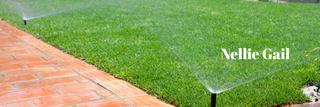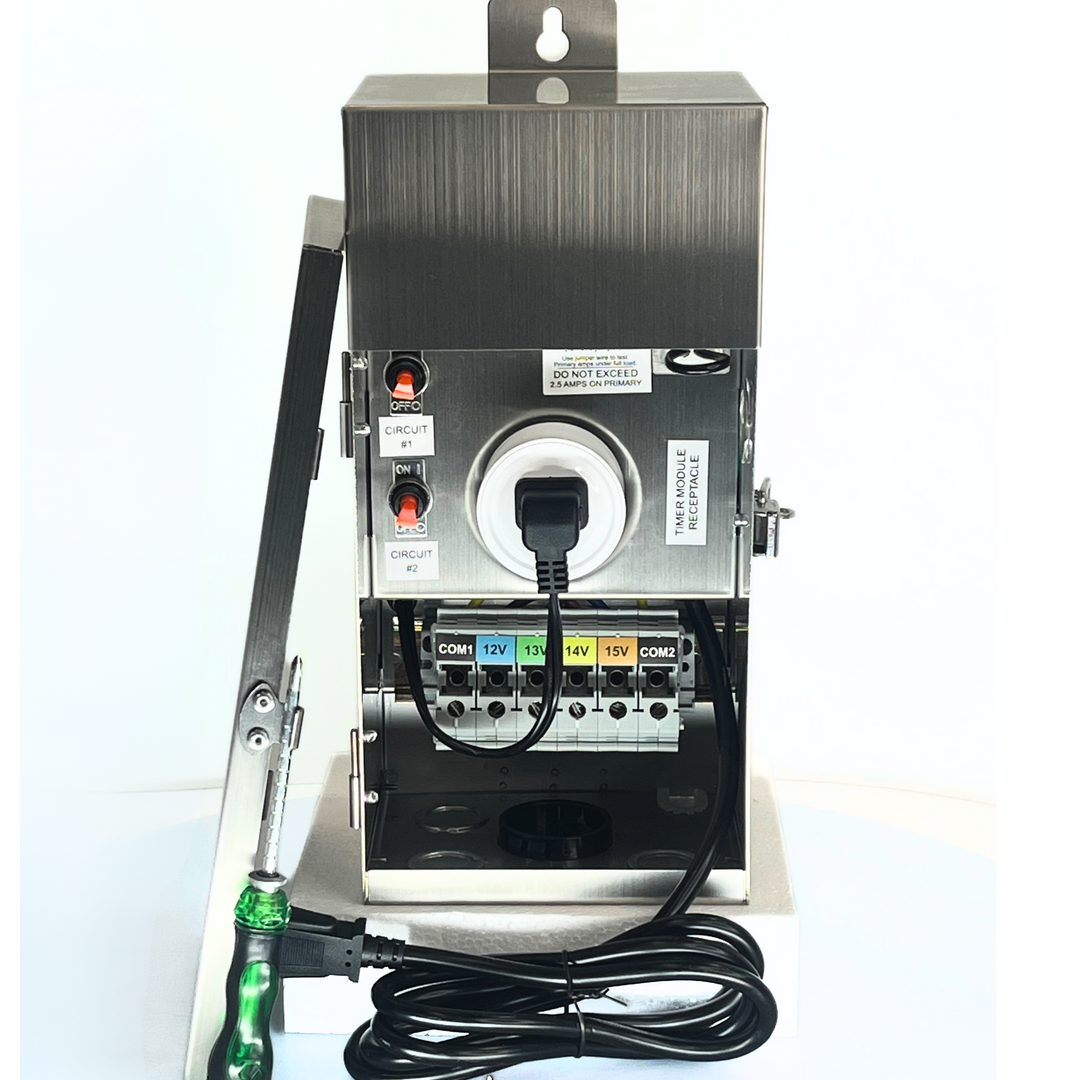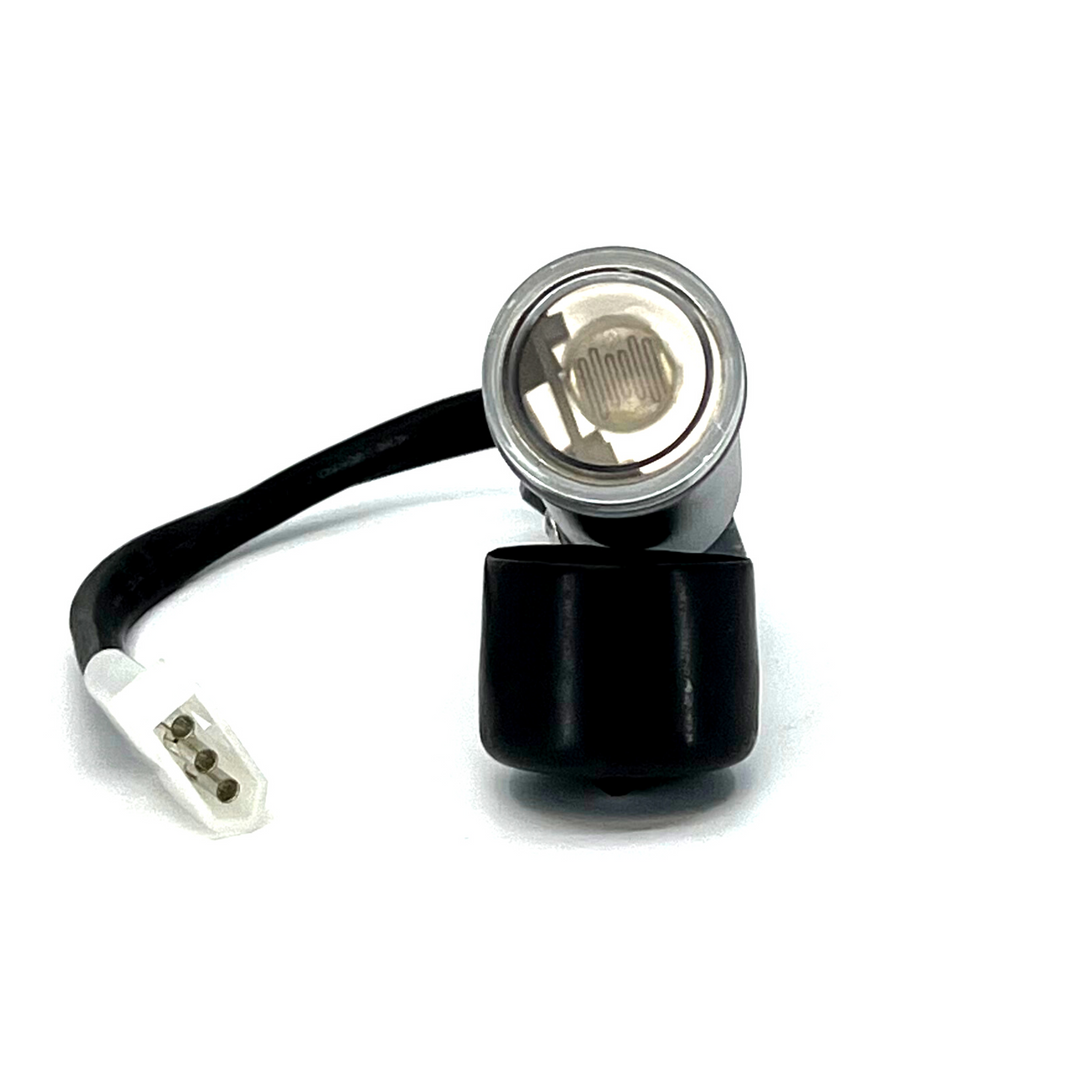
Smart Flow: Yorba Linda's Guide to Advanced Irrigation
|
|
Time to read 6 min
Water is one of the most precious resources, and for residents of Yorba Linda, efficient irrigation is essential for maintaining beautiful landscapes while minimizing water waste. With increasing concerns over drought conditions and water restrictions, homeowners need to adopt advanced irrigation techniques to ensure their gardens and lawns remain green without excessive water usage.
Traditional irrigation methods, such as manual watering with hoses or using outdated sprinkler systems, often lead to overwatering, runoff, and high water bills. These inefficient practices contribute to soil erosion, nutrient loss, and even plant health issues. Fortunately, modern irrigation technologies now allow homeowners to achieve optimal water efficiency, lower costs, and better landscape management.
By integrating smart controllers, drip irrigation, moisture sensors, and weather-based automation, residents can significantly reduce water consumption while improving plant health. This guide provides insights into advanced irrigation systems, water conservation strategies, community programs, and practical DIY tips to help Yorba Linda residents enhance their irrigation practices and contribute to a more sustainable future.
Understanding Advanced Irrigation Systems in Yorba Linda
Types of Irrigation Systems
Drip Irrigation: This system is one of the most efficient ways to water plants, delivering water directly to the roots through a network of tubes and emitters. It reduces evaporation and runoff, ensuring water is used where it’s needed most. Drip irrigation is ideal for flower beds, vegetable gardens, trees, and shrubs, and it prevents soil erosion by applying water at a slow, steady rate.
Sprinkler Systems: Traditional sprinklers often result in water waste due to overspray and wind drift. However, modern high-efficiency sprinkler heads and pressure-regulated systems distribute water more evenly and reduce losses. Rotary nozzles and micro-sprinklers further improve efficiency by delivering water in larger droplets, reducing misting and evaporation.
Smart Irrigation Controllers: Unlike traditional timers, Wi-Fi-enabled smart controllers automatically adjust watering schedules based on real-time weather data, humidity levels, and soil moisture conditions. These systems can be controlled via mobile apps, allowing homeowners to monitor water usage, adjust settings remotely, and receive system alerts.
Technology Integration in Irrigation
Modern irrigation systems incorporate several technological advancements to enhance efficiency. Moisture sensors detect soil hydration levels and activate irrigation only when necessary, preventing overwatering. Weather-based controllers automatically adjust watering schedules using climate data, reducing water waste. Mobile apps provide additional convenience, allowing users to track their irrigation patterns and make adjustments remotely.
These smart technologies transform irrigation into a precise, automated process, ensuring that landscapes receive the right amount of water at the right time. This not only reduces water waste but also improves plant health by preventing root rot and soil nutrient depletion.
Benefits of Advanced Irrigation Systems
Switching to an advanced irrigation system offers multiple advantages. Water conservation is a key benefit, as these systems reduce waste by up to 50%, helping homeowners comply with local conservation guidelines. Smart irrigation also leads to cost savings, as optimized watering schedules lower utility bills over time. Improved plant health is another advantage, as automated systems prevent both overwatering and underwatering, reducing the risk of fungal growth and soil compaction.
In addition to efficiency and savings, modern irrigation technology provides unmatched convenience. Homeowners can eliminate the guesswork of manual watering, allowing their system to make real-time adjustments based on environmental conditions. These features make smart irrigation an ideal solution for Yorba Linda residents looking for a reliable, low-maintenance way to keep their landscapes healthy year-round.
Sustainable Water Management Practices
Water Conservation Techniques for Homeowners
There are several ways homeowners can make their irrigation systems more efficient:
• Adjust Irrigation Schedules Seasonally: Reduce watering frequency during cooler months to prevent unnecessary usage. Increase watering slightly during hot summer months, but always follow recommended guidelines.
• Use Drip Irrigation: This method minimizes evaporation and directs water precisely to the plant roots, preventing wastage.
• Install Rain Sensors: These devices pause irrigation systems when rainfall is detected, avoiding redundant watering.
• Apply Mulch: A layer of organic mulch around plants helps retain moisture, regulate soil temperature, and suppress weeds.
• Routine System Maintenance: Regularly check for leaks, clogs, and pressure issues in irrigation systems to prevent water loss.
Rainwater Harvesting for Irrigation
Rainwater harvesting is a sustainable way to collect and store rainwater for irrigation use. Rain barrels, underground cisterns, and above-ground tanks can be installed to capture runoff from rooftops and gutters.
Benefits of rainwater harvesting include:
• Reducing dependence on municipal water supplies for landscape irrigation.
• Lowering water bills by utilizing a free water source.
• Minimizing stormwater runoff, which can prevent soil erosion and water pollution.
Drought-Resistant Landscaping
Drought-resistant landscaping, or xeriscaping, is an effective way to reduce water consumption while maintaining beautiful outdoor spaces.
• Best Low-Water Plants for Yorba Linda: California poppies, succulents, lavender, sage, and drought-tolerant shrubs thrive in the local climate with minimal irrigation.
• Benefits of Xeriscaping: Reduces watering needs by up to 60%, requires less maintenance, and prevents soil degradation.
By combining conservation techniques, rainwater harvesting, and xeriscaping, homeowners can create sustainable, water-efficient landscapes.
Community Initiatives & Local Resources
Local Workshops and Educational Events
Yorba Linda offers community-led workshops that teach residents about smart irrigation techniques, system installations, and sustainable landscaping. These events provide homeowners with expert guidance, hands-on training, and rebate opportunities.
Community Programs and Incentives
The city offers rebates for installing high-efficiency irrigation controllers, rain sensors, and drought-resistant plants. Government-led programs support eco-friendly water management, encouraging homeowners to upgrade their irrigation systems.
Partnerships with Local Businesses
Many local nurseries and irrigation companies provide discounts on smart irrigation equipment and professional installation services. Homeowners can also receive expert consultations to choose the best water-saving solutions for their landscape.
Practical DIY Irrigation Tips for Homeowners
Installing a Smart Irrigation System
• Select a Wi-Fi-enabled irrigation controller with weather-based automation.
• Install moisture sensors near plants for precise watering control.
• Use drip irrigation or high-efficiency sprinkler heads to minimize evaporation.
• Program customized schedules based on plant needs and seasonal weather.
Maintenance and Seasonal Adjustments
• Check for leaks and clogged nozzles to prevent inefficiencies.
• Reduce watering during cooler months and increase during peak heat waves.
• Monitor rainfall levels and adjust irrigation settings accordingly.
Proper maintenance ensures that irrigation systems remain efficient, cost-effective, and environmentally friendly.
Maintaining and Troubleshooting Your Irrigation System
A well-maintained irrigation system ensures long-term efficiency and reliability. Homeowners should regularly inspect their systems for leaks, clogged nozzles, or misaligned sprinkler heads. Even minor leaks can waste significant amounts of water over time, so it’s important to check pipes, valves, and connections periodically.
Seasonal maintenance is also crucial. In the spring, homeowners should test their irrigation system after winter dormancy, ensuring all components are functioning properly. During summer, adjusting watering schedules to prevent overwatering is essential. In the fall, aerating the soil improves water absorption, while in the winter, reducing irrigation frequency prevents excess moisture buildup. These small adjustments help maintain an efficient system throughout the year.
Seasonal Adjustments for Irrigation Efficiency
Yorba Linda experiences varying temperatures and rainfall levels throughout the year, requiring homeowners to adjust irrigation schedules seasonally.
Spring Irrigation Adjustments
Spring is the growth season for most plants, requiring moderate irrigation. As temperatures rise, homeowners should:
• Increase watering frequency gradually to support new growth.
• Check irrigation heads and drip lines to ensure they’re functioning after winter dormancy.
• Fertilize lawns and gardens to enhance soil nutrients for healthy root development.
Summer Irrigation Adjustments
With high temperatures and increased evaporation, summer is when landscapes demand the most water. To maintain efficiency:
• Water early in the morning or late in the evening to minimize evaporation.
• Adjust smart irrigation controllers to prevent overwatering during heat waves.
• Use deep watering techniques to promote strong root growth and drought resistance.
Fall Irrigation Adjustments
As temperatures cool and rainfall increases, irrigation should be gradually reduced. This season is also ideal for:
• Checking for leaks in pipes and sprinkler heads after the high-usage summer period.
• Aerating the soil to improve water penetration.
• Planting drought-tolerant species to establish strong roots before winter.
Winter Irrigation Adjustments
Even though Yorba Linda has mild winters, plant water needs decrease significantly. Homeowners should:
• Reduce irrigation frequency to prevent overwatering.
• Turn off systems during periods of consistent rainfall.
• Insulate exposed irrigation pipes to prevent freezing damage.
By making these seasonal adjustments, homeowners can ensure that their landscapes receive the right amount of water year-round without unnecessary waste.
Final Thoughts
Efficient irrigation is essential for sustaining healthy landscapes and conserving water in Yorba Linda. With the region’s warm climate and periodic drought conditions, homeowners must adopt advanced irrigation systems, smart controllers, and sustainable landscaping techniques.
By incorporating drip irrigation, weather-based automation, rainwater harvesting, and drought-resistant plants, residents can reduce water waste, lower utility costs, and improve plant health. Local workshops, rebates, and business partnerships provide valuable resources to help homeowners transition to smarter irrigation practices.
Every small step towards water conservation and sustainable landscaping contributes to a greener, more environmentally responsible Yorba Linda. Now is the time to embrace advanced irrigation













